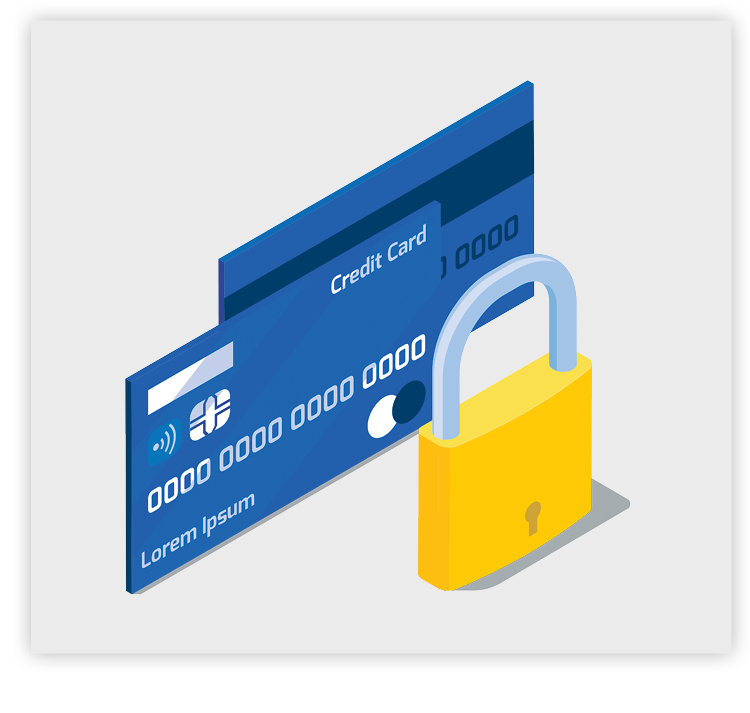Stay Alert – Prevent Theft From Your Bank Account
 There have been dramatic increases in account takeover fraud and new account fraud in the last couple of years. Why? Chip technology has made it more difficult to make counterfeit credit cards, so criminals will “steal the person,” meaning their identity, “instead of the card.” They’ll then use that identity theft to, among other crimes, access or open bank accounts and steal money.
There have been dramatic increases in account takeover fraud and new account fraud in the last couple of years. Why? Chip technology has made it more difficult to make counterfeit credit cards, so criminals will “steal the person,” meaning their identity, “instead of the card.” They’ll then use that identity theft to, among other crimes, access or open bank accounts and steal money.
Although banks have high-level cybersecurity systems, there’s not much they can do to stop a criminal who is able to assume your identity from accessing your account. That’s why it’s vitally important for you, as a banking customer, to take security precautions including these:
 There have been dramatic increases in account takeover fraud and new account fraud in the last couple of years. Why? Chip technology has made it more difficult to make counterfeit credit cards, so criminals will “steal the person,” meaning their identity, “instead of the card.” They’ll then use that identity theft to, among other crimes, access or open bank accounts and steal money.
There have been dramatic increases in account takeover fraud and new account fraud in the last couple of years. Why? Chip technology has made it more difficult to make counterfeit credit cards, so criminals will “steal the person,” meaning their identity, “instead of the card.” They’ll then use that identity theft to, among other crimes, access or open bank accounts and steal money.
Although banks have high-level cybersecurity systems, there’s not much they can do to stop a criminal who is able to assume your identity from accessing your account. That’s why it’s vitally important for you, as a banking customer, to take security precautions including these:
- Never reuse passwords. You should have a different password for all your online accounts. Websites are frequently hacked, compromising sometimes millions of passwords. Once stolen, usernames and passwords are often sold on underground markets to cybercriminals, who can then test them on bank login pages. You’re more vulnerable to identity theft if you use the same or similar passwords in many places.
- Set up multifactor authentication (MFA) on your accounts. Banks increasingly use MFA to add an extra layer of security. You’ll log in using your username and password, then be prompted for some second stage of verification, such as a one-time code sent by text.
- Check your accounts frequently. If you notice any irregular charges or activity, call your bank. Keep an eye out for very small transactions, since criminals will often test to see if a transaction of a few dollars goes through before stealing larger amounts.
- Check your credit score several times a year. That way you’ll see if someone has used your personal information to take out a loan or credit card in your name.





 Question: I’ve wished I could edit my tweets for years. Is it true that Twitter now offers an edit button?
Question: I’ve wished I could edit my tweets for years. Is it true that Twitter now offers an edit button?




